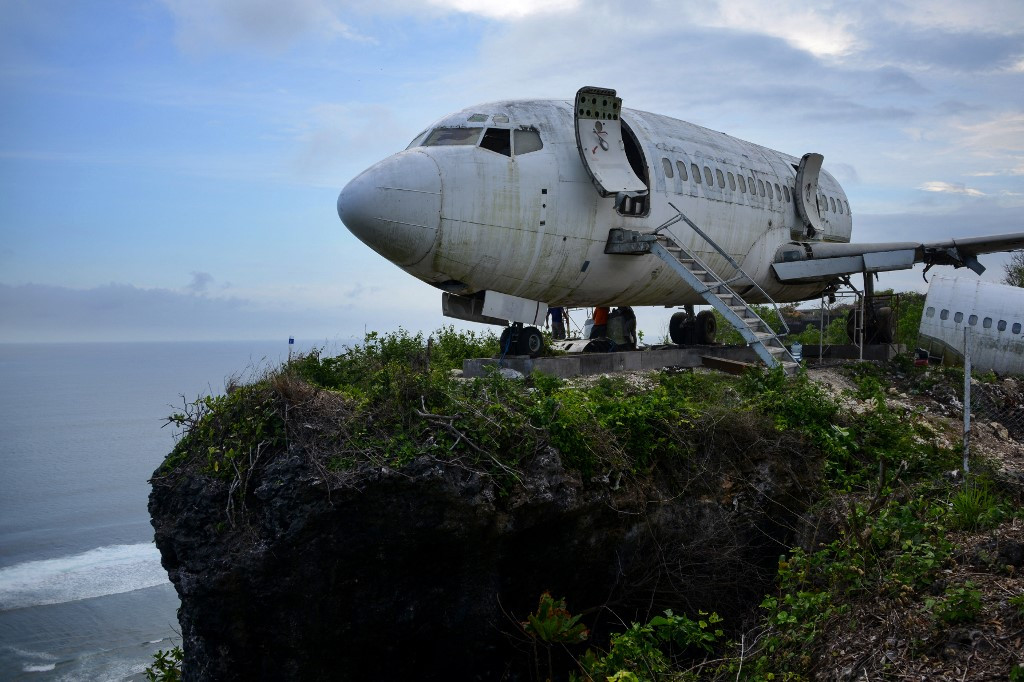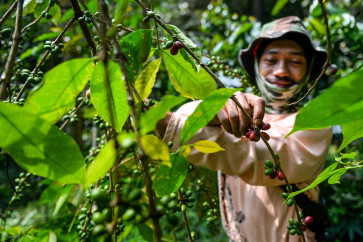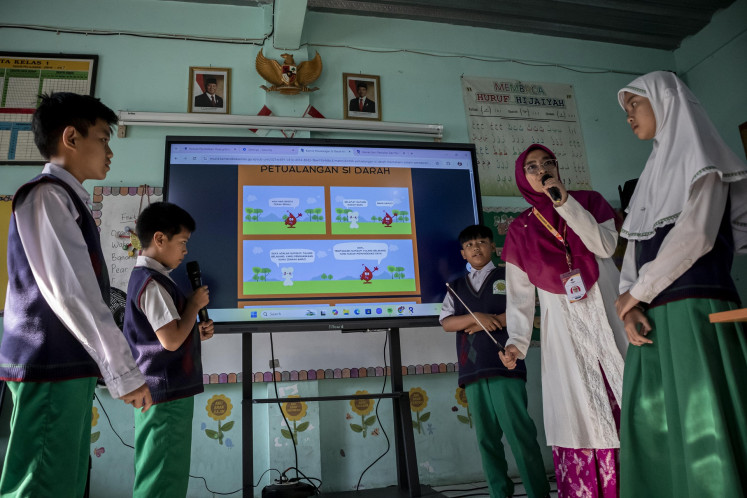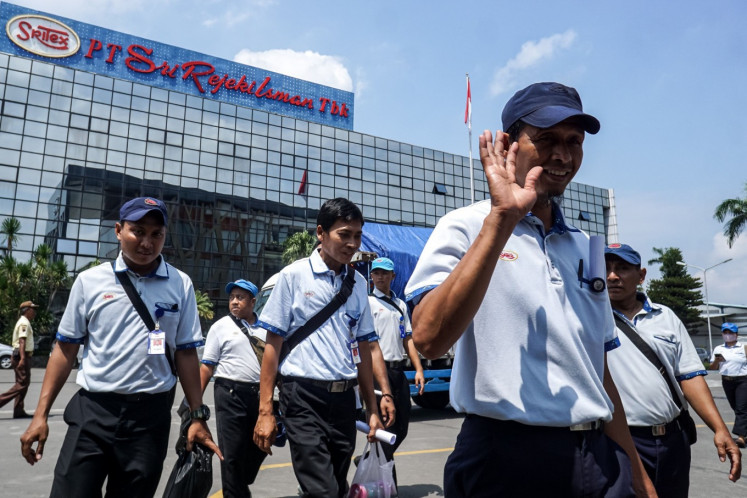Everybody misses Bali
The pandemic has hit Bali very hard. Statistics Indonesia (BPS) data shows the province’s economy contracted 9.31 percent year-on-year last year, mostly due to its paralyzed tourism.
Change text size
Gift Premium Articles
to Anyone

W
hen October comes, we may recall the heinous attacks on Bali in 2002 and 2005 and their devastating impacts on the island's tourism – the backbone of its economy. It took Bali years to regain its feet, during which the government initiated a collective leave day policy to accelerate the recovery of the country’s most popular tourist destination.
The COVID-19 pandemic has proven to be more damaging for Bali, which is why the government’s plan to reopen the island for foreign tourists has been met with enthusiasm. In fact, pressure had been mounting on the government to implement the policy much earlier, turning a blind eye to the surge in infection cases that have prompted strict mobility curbs there.
The pandemic has hit Bali very hard. Statistics Indonesia (BPS) data shows the province’s economy contracted 9.31 percent year-on-year last year, mostly due to its paralyzed tourism. Foreign tourist arrivals dropped sixfold from 6.2 million in 2019 to only 1 million in 2020 according to BPS, while Bank Indonesia found 92,000 people employed in tourism had lost their jobs in the same period.
In disclosing the relieving news about Bali’s reopening, Coordinating Maritime Affairs and Investment Minister Luhut Binsar Panjaitan, whom President Joko “Jokowi” Widodo had entrusted to handle COVID-19 in Java and Bali, cited a significant decline in the number of new cases and hospital bed occupancy rate. Luhut said the pandemic was under control, as shown by the reproduction rate dropping to a record low of under 1.
Bali and Java, remain in the level 3 category of public activity restrictions (PPKM) until Oct. 4, pending further notice. The status allows shopping malls, restaurants and movie theaters to operate at half capacity and offices at one-fourth capacity.
Tourism and Creative Economy Minister Sandiaga Uno has indicated that Bali’s reopening may follow the model used by Phuket and Samui islands in Thailand, which Vietnam also plans to adopt on its idyllic Phu Quoc Island. The two Thai tourist resorts are limited only to vaccinated foreign tourists from low-risk countries, without the need to quarantine.
Sandiaga also suggested a regional collaboration to form a tourism triangle between Bali, Phuket and Langkawi in Malaysia. Langkawi has so far been open to domestic tourists only. Indonesia is also considering accepting travelers from South Korea, Japan, Singapore and New Zealand when tourist destinations like Bali resume business.
While no specific date for Bali’s reopening has been set, the government needs to make sure everybody involved in tourism has been vaccinated. The double-dose vaccination rate on the island has exceeded 70 percent, but increasing the figure would better protect both the local people and their guests.
The government’s choice of a gradual instead of a full Bali reopening is worth commending. The ban on year-end holiday travel the central government is considering and the odd-even license plate policy the Bali government will impose will prevent crowds, which otherwise will kill the efforts to curb infections.
Even if we long for Bali, we need to exercise caution as we have yet to win this COVID-19 war.









